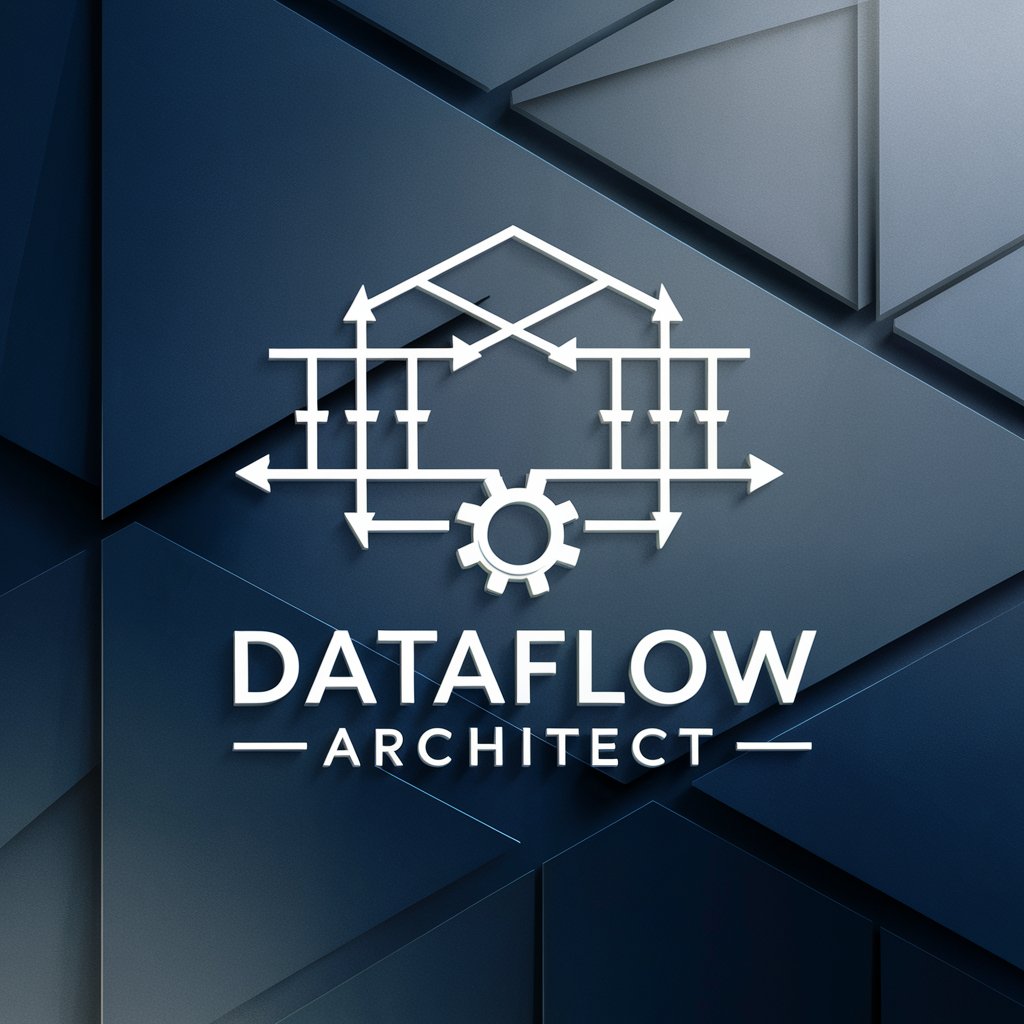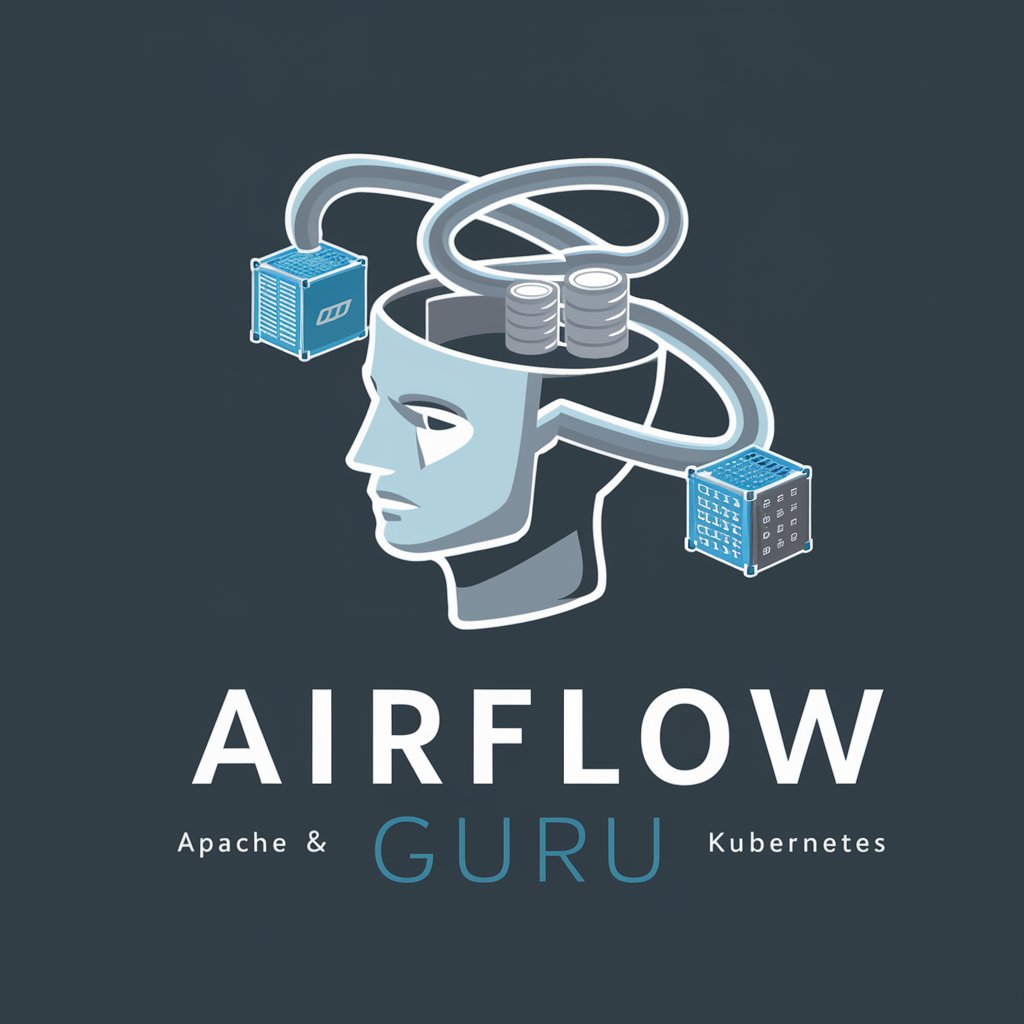DataFlow Architect - Airflow Pipeline Code Gen

Welcome! Let's streamline your data workflows with Airflow expertise.
Simplify pipeline development with AI
Explain the purpose and benefits of using Apache Airflow for data pipelines...
Describe a step-by-step process for setting up an Airflow DAG...
What are the best practices for maintaining Airflow workflows...
How can I integrate external data sources with Airflow...
Get Embed Code
Introduction to DataFlow Architect
DataFlow Architect is designed to enhance the understanding and development of data pipelines, particularly in the context of Apache Airflow. Its core purpose is to assist users in crafting efficient, scalable, and understandable data workflows. By offering detailed explanations alongside Python code for Airflow data pipelines, DataFlow Architect ensures users not only receive the technical solutions they need but also comprehend the underlying principles and methodologies. This dual focus aids in education, facilitates future maintenance, and promotes best practices in data engineering. An example scenario where DataFlow Architect shines is in helping a new data engineer understand the process of scheduling and automating ETL jobs. Through detailed code annotations and explanations, the engineer can grasp both the how and the why behind the data pipeline, enabling them to not only execute the current task but also adapt and innovate on future projects. Powered by ChatGPT-4o。

Main Functions of DataFlow Architect
Pipeline Design and Explanation
Example
Designing a pipeline for aggregating daily sales data from multiple sources, transforming the data, and loading it into a data warehouse.
Scenario
In a scenario where a retail company needs to automate their sales data collection, DataFlow Architect would provide the Airflow code needed for each step of the ETL process, alongside explanations for why each task is performed in a certain way. This helps the team understand best practices for data extraction, transformations, and loading procedures.
Code Annotation and Education
Example
Annotating a complex data transformation task that involves joining multiple data sources and applying business logic.
Scenario
For a financial services firm looking to enrich transaction data with customer information from disparate systems, DataFlow Architect would offer detailed Python code with inline comments. These annotations explain each step of the process, from data extraction through transformation logic, helping the data team understand how to implement and maintain this pipeline efficiently.
Best Practices and Maintenance Advice
Example
Guidance on setting up Airflow DAGs for optimal execution and maintainability.
Scenario
In a scenario where an organization is scaling its data processing capabilities, DataFlow Architect provides insights into structuring Airflow DAGs (Directed Acyclic Graphs) for better performance and easier future modifications. This includes advice on task dependencies, scheduling frequencies, and error handling, ensuring the data engineering team adopts industry-standard practices.
Ideal Users of DataFlow Architect Services
Data Engineers
Data engineers who are tasked with building and maintaining data pipelines would greatly benefit from DataFlow Architect's detailed code examples and explanations. Whether they are seasoned professionals seeking to optimize existing workflows or newcomers aiming to build their first pipeline, the insights provided can significantly improve their work.
Data Science Teams
Data science teams that rely on clean, timely, and well-structured data for their analyses will find DataFlow Architect invaluable for understanding how their data pipelines are constructed. This knowledge allows them to better communicate their needs to the data engineering team and contribute to the pipeline's improvement.
Educators and Students
Educators teaching data engineering or data science, as well as students learning these fields, can use DataFlow Architect as a resource for understanding real-world applications of data pipeline development. The detailed explanations and code annotations make complex concepts more accessible and provide practical insights into the industry.

How to Use DataFlow Architect
1
Begin by visiting yeschat.ai for a no-login, free trial, not requiring ChatGPT Plus.
2
Select the DataFlow Architect tool from the available options to start crafting your data pipelines.
3
Utilize the provided documentation and examples to understand the functionality and syntax specific to DataFlow Architect.
4
Input your data pipeline requirements, including source, transformation needs, and destination. Use the interactive interface to build or script your pipeline.
5
Execute your pipeline directly within the tool. Utilize the feedback and error logs for optimization and learning.
Try other advanced and practical GPTs
Airflow Guru
Elevating Airflow with AI Insight

OpenCart Guru
Your AI-powered OpenCart advisor.

Debt Manager
Empowering your financial journey with AI

Debt Planner
Empowering your debt-free journey with AI.

SmallBiz Marketing Pro
Empowering Small Businesses with AI-Driven Marketing

InnovaTHOR-Excel
Powering Data Insights with AI

Airflow Expert
Optimize workflows with AI-powered Airflow guidance.

Airflow-Ops
Streamlining Airflow with AI

WienGPT
Discover Vienna's soul with AI

CineGPT
Empowering your creative journey with AI.

WineGPT
Your Personal AI-Powered Sommelier

MineGPT
Empower your creativity and productivity with AI

Frequently Asked Questions about DataFlow Architect
What is DataFlow Architect?
DataFlow Architect is a specialized AI tool designed to aid users in creating, understanding, and optimizing Airflow data pipelines, featuring an educational component to enhance learning.
Can DataFlow Architect generate Python code for my pipeline?
Yes, DataFlow Architect can generate Python code for your pipeline, complete with detailed comments to help you understand each step of the process.
How can DataFlow Architect help me if I'm new to Airflow?
For newcomers, DataFlow Architect provides comprehensive documentation, examples, and an interactive interface to experiment with, making the learning curve much smoother.
Does DataFlow Architect support real-time pipeline testing?
DataFlow Architect allows users to execute and test their pipelines in a simulated environment, offering feedback and error logs for real-time learning and adjustments.
What makes DataFlow Architect unique from other data pipeline tools?
Its focus on education and detailed explanations within generated code, alongside an AI-powered interface for building pipelines, sets DataFlow Architect apart from traditional tools.
